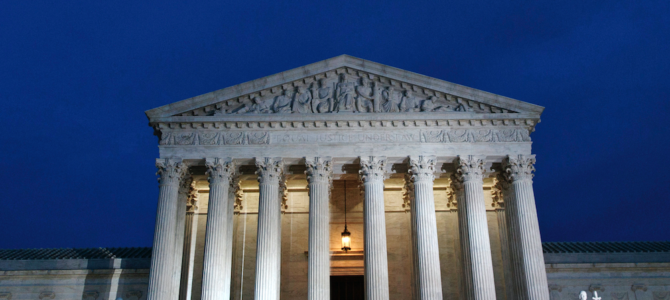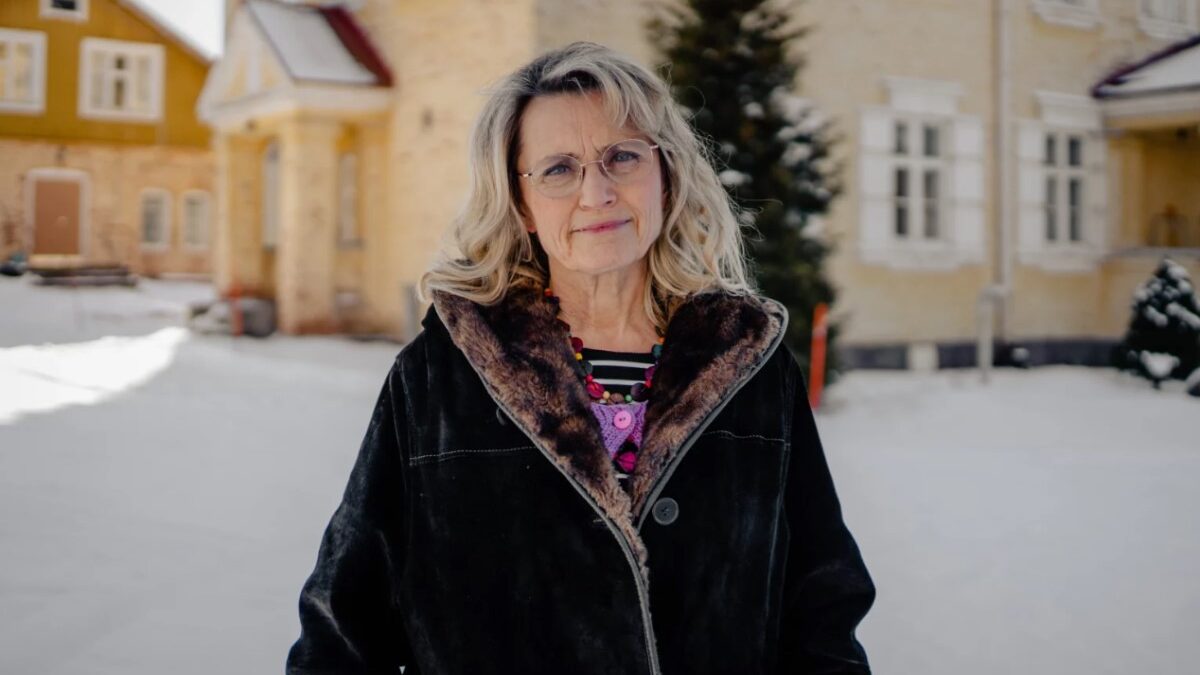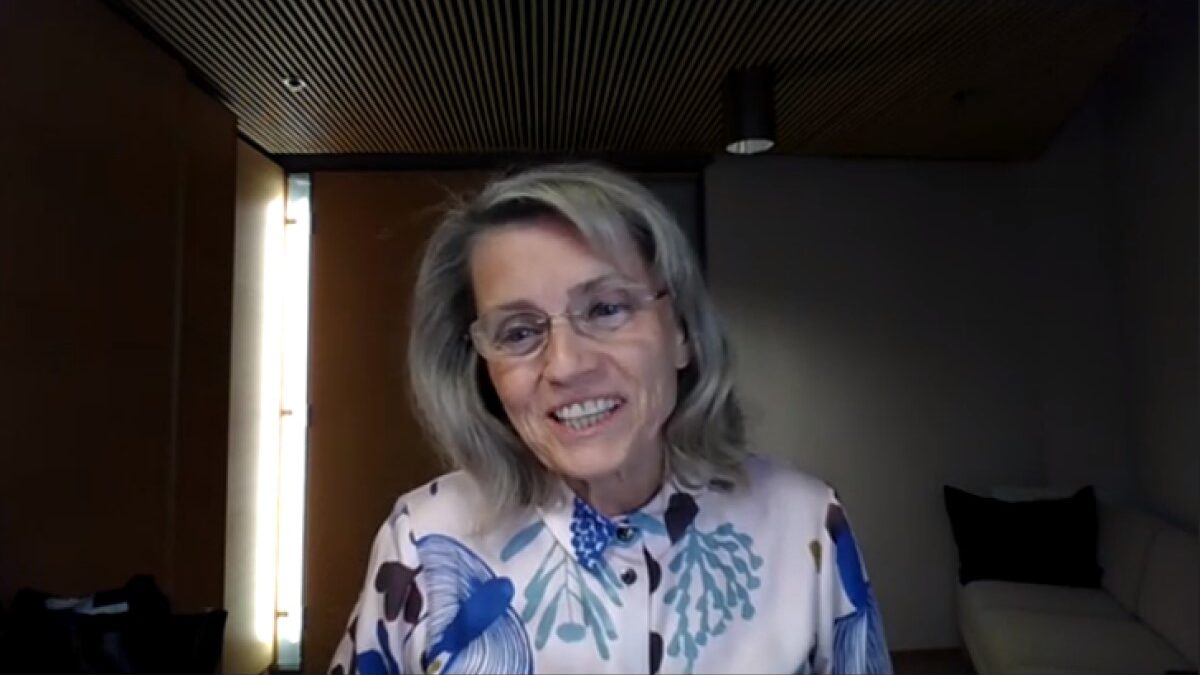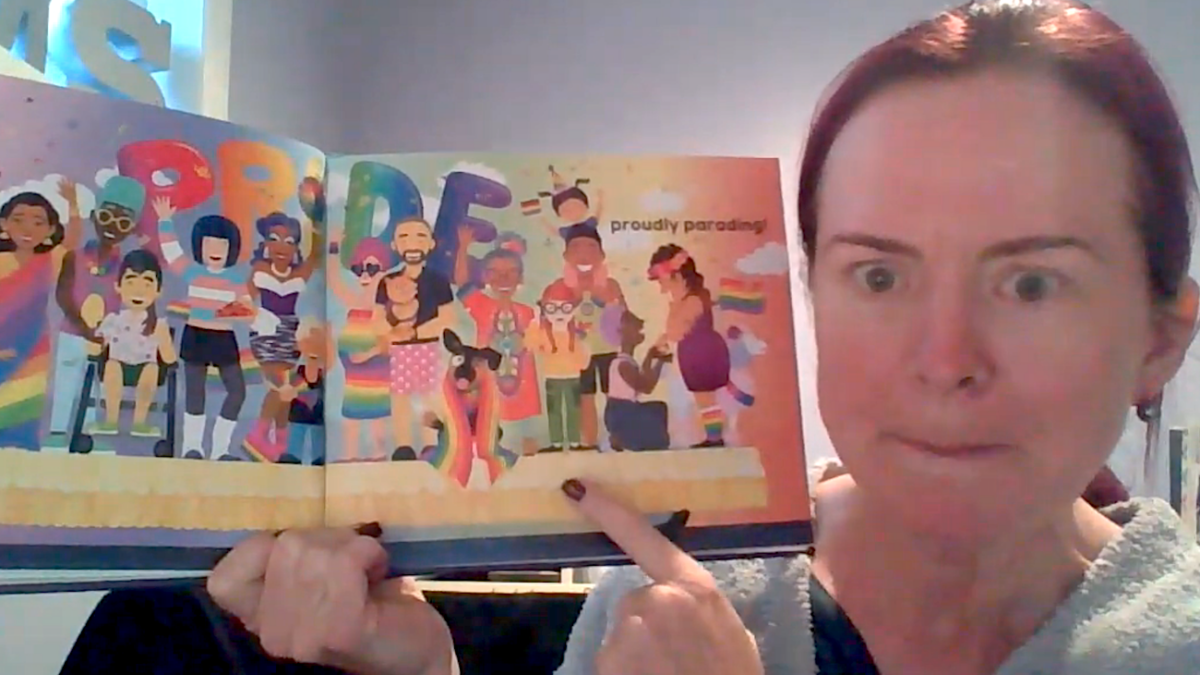In a 5-4 ruling late Wednesday night, the U.S Supreme Court barred the state of New York from imposing strict attendance limits on religious services, in a major win for religious freedom.
Orthodox Jewish group Agudath Israel of America and the Roman Catholic Diocese of Brooklyn sued New York Gov. Andrew Cuomo for discriminatory targeting of religious groups with COVID restrictions, as houses of worship were being held to far more stringent standards than neighboring businesses.
At the time of the lawsuits filing, both the Agudath Israel of America and Diocese of Brooklyn fell into red or orange zones, which under state law allowed only 10 or 25 people into a house of worship at any time, regardless of the building’s typical capacity. At the same time, stores and business deemed essential were given far laxer standards, some even lacking any limits on their capacity.
Newly minted Justice Amy Coney Barrett joined Justices Samuel Alito, Neil Gorsuch, Brett Kavanaugh, and Clarence Thomas in support of the aggrieved religious groups, while Chief Justice John Roberts and Justices Stephen Breyer, Elena Kagan, Sonia Sotomayor dissented.
The per curium opinion determined that New York’s targeted responses run in direct opposition to the First Amendment, stating, “Even in a pandemic, the Constitution cannot be put away and forgotten. The restrictions at issue here, by effectively barring many from attending religious services, strike at the very heart of the First Amendment’s guarantee of religious liberty.”
SCOTUS determined that the exorbitant limitations were in violation of the First Amendment’s protection of free expression, due to the obvious discrimination, and granted both groups the injunction they sought. While neither group is currently in the red or orange zone, the Supreme Court decided to grant the injunction in case the areas return to a heightened level.
Gorsuch wrote a concurring opinion which determined that the unfair application of restrictions on churches and synagogues but not “hardware stores, acupuncturists, and liquor stores, bicycle repair shops, certain signage companies, accountants, lawyers, and insurance agents” was a clear violation of the free exercise clause in the First Amendment.
Through much of his opinion, Gorsuch focused on the threats of these discriminatory policies on the Constitution, writing, “Even if the Constitution has taken a holiday during this pandemic, it cannot become a sabbatical.”
He further highlighted the arbitrary nature of who determines what businesses are essential, writing, “Indeed, the Governor is remarkably frank about this: In his judgment laundry and liquor, travel and tools, are all “essential” while traditional religious exercises are not. That is exactly the kind of discrimination the First Amendment forbids.”
Kavanaugh’s concurring opinion focused on the absurdity of restricting building that can hold hundreds to just 10 or 25 people, noting that Cuomo’s limits were far more severe than other states which imposed similar controls on religious services.
Roberts focused his dissent on the fact that the injunctive relief is not needed at this time, as the regions housing both Agudath of Israel and the Diocese of Brooklyn are no longer in the red or orange zones, which would require the minimized attendance, even though he concedes that “it may well be that such restrictions violate the Free Exercise Clause.”
Breyer’s dissent, which was joined by Kagan and Sotomayor, claimed that the blatant discrimination and assault on religious liberties were not enough to grant an injunction, due to the severity of COVID-19.
Sotomayor, joined by Kagan, wrote in her dissent, “I see no justification for the Court’s change of heart, and I fear that granting applications such as the one filed by the Roman Catholic Diocese of Brooklyn (Diocese) will only exacerbate the Nation’s suffering.”
She further wrote, “The Constitution does not forbid States from responding to public health crises through regulations that treat religious institutions equally or more favorably than comparable secular institutions,” ignoring the fact that the religious institutions were not treated equally, but rather unfavorably compared to secular institutions.
This Supreme Court decision is in contrast to previous cases in California and Nevada, where SCOTUS decided for restrictions. However, the New York case is different for two reasons. The restrictions are more severe and nonsensical than those in the previous states, which respectively limited to 100 and 50, rather than 10.
Further, Justice Barrett was not yet on the bench, but rather the liberal Justice Ruth Bader Ginsburg. Barrett has long been a champion of religious freedom, and hers was the deciding vote, hopefully signaling a changing tide towards protecting religious services from undue discrimination under the guise of safety.









